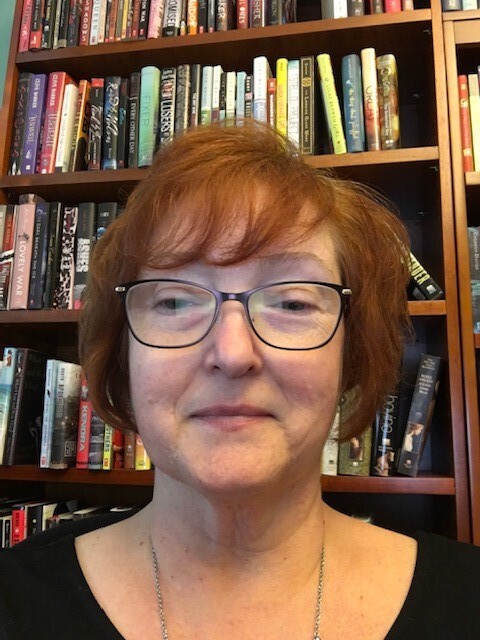With the implementation of diverse read alouds, it should be our mission to create a brave and supportive environment that nurtures individual growth, promotes excellence, engages creative thinking, develops a desire for life-long learning, and stimulates an appreciation for human diversity and the world in which we live. A true safe space is one that is debatable, for students who come with various trauma, baggage, and emotions, so feeling truly safe, may not even be impossible. With a brave space, students are willing to be vulnerable, face uncomfortable situations and conversations, and are willing to speak up/share out, even with this risk. Now, as a Lecturer in Multicultural Education My overarching goal is to provide students with the necessary tools to master skills, solve problems, strive for excellence, and live as active members in their local and global communities.
When it comes to Social Emotional Learning (SEL), it is a lifelong process for both the teacher and the student. In order to develop the self-awareness, self-control, interpersonal skills and all the intangibles that are paramount of work, school and life, both adult and child must be willing to do the inner work that is necessary to allow these areas to manifest into something that they can apply to real-life, everyday situations. As a practitioner, I believe that the process of doing that inner work requires honest self-examination, painful self-excavation and restorative healing, as shown through Binh’s journey in Enlighten Me. We, as educators, can teach our students how to deal with these feelings and use Minh’s latest work as a model for change.
Being Intentional in the Classroom:
Teach our students strategies to deal with hard feelings
- Being able to identify and label feelings the foundation. Knowing what to do when unsettling feelings come up is the next step. Feelings like anger, sadness, and confusion will undoubtedly arise from time to time in the classroom.
- It is important that we, as educators, always recognize that there is so much more to our students than what we see. We have to be intentional about getting to know our students and understanding their environmental layers.
- The factors that make up their microsystem, mesosystem, exosystem, and macrosystem are a big part of who they are and in order for our students to feel psychologically safe in our classrooms, we have to get to know those aspects of a student and celebrate what it is that makes them who they are!
- We must prioritize freedom of expression through writing opportunities moving forward both in the home and school settings so that children can begin to form relationships again. By pairing with diverse literature, especially graphic novels, we are giving and getting hands-on experience with different world scenarios.
This book is exactly what I needed as a young boy struggling to understand his own emotions and feeling alone, especially as an African American male, who only found comfort in books. With this graphic novel, Minh has laid the foundation for showing our young men of color, what it truly means to own their emotions and cultivate their own healing, starting with the archaeology of self in order to cultivate their own genius.
Today's post is written by Darius Phelps. He is a PhD Candidate in English Education at Teachers College, Columbia University.




 RSS Feed
RSS Feed